Rug Buyers Guide – History
- Home>
- Area Rugs>
- Rug Buyers Guide>
- Oriental Rugs>
- Rug Buyers Guide – History
On first encounter, the world of oriental rugs may seem a bit intimidating. Oriental rugs, in addition to functioning as useful household furnishings, are true works of art, fascinating in their richness of design, their symbolism, and their delightful colors. To understand oriental rugs merely requires a sense of geography and a little history.

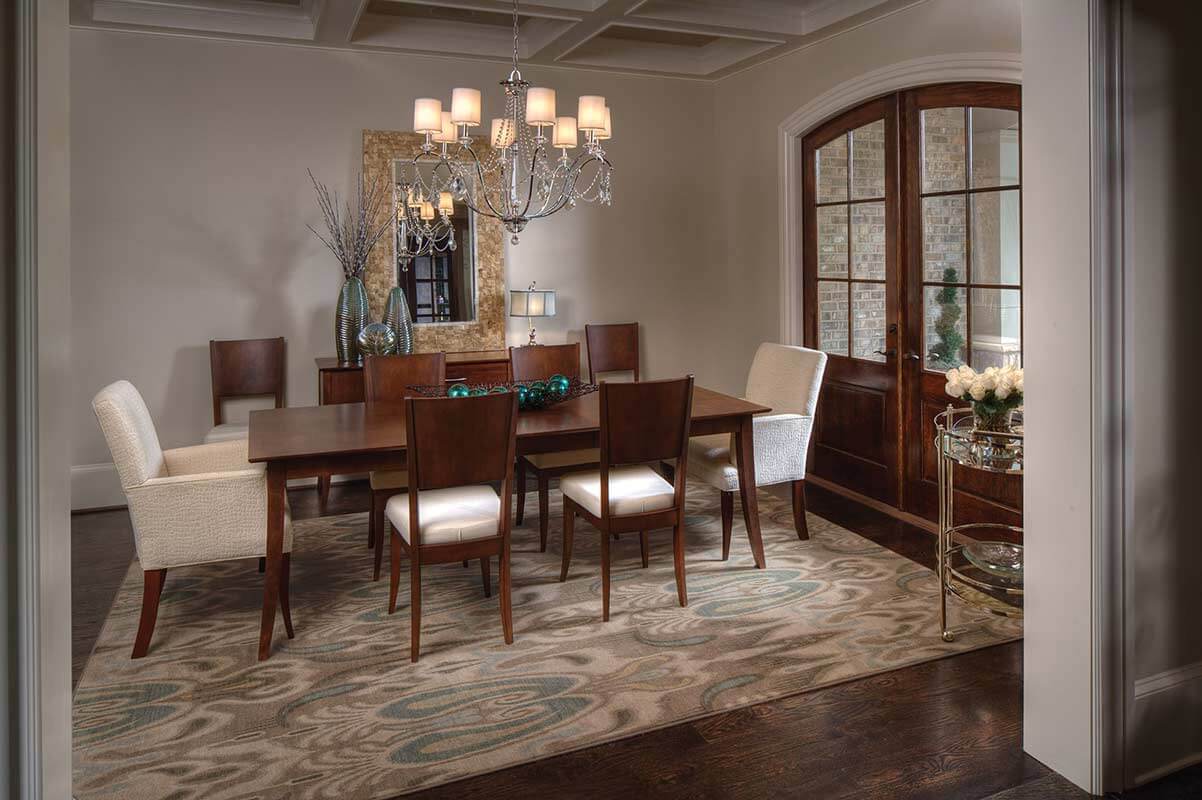
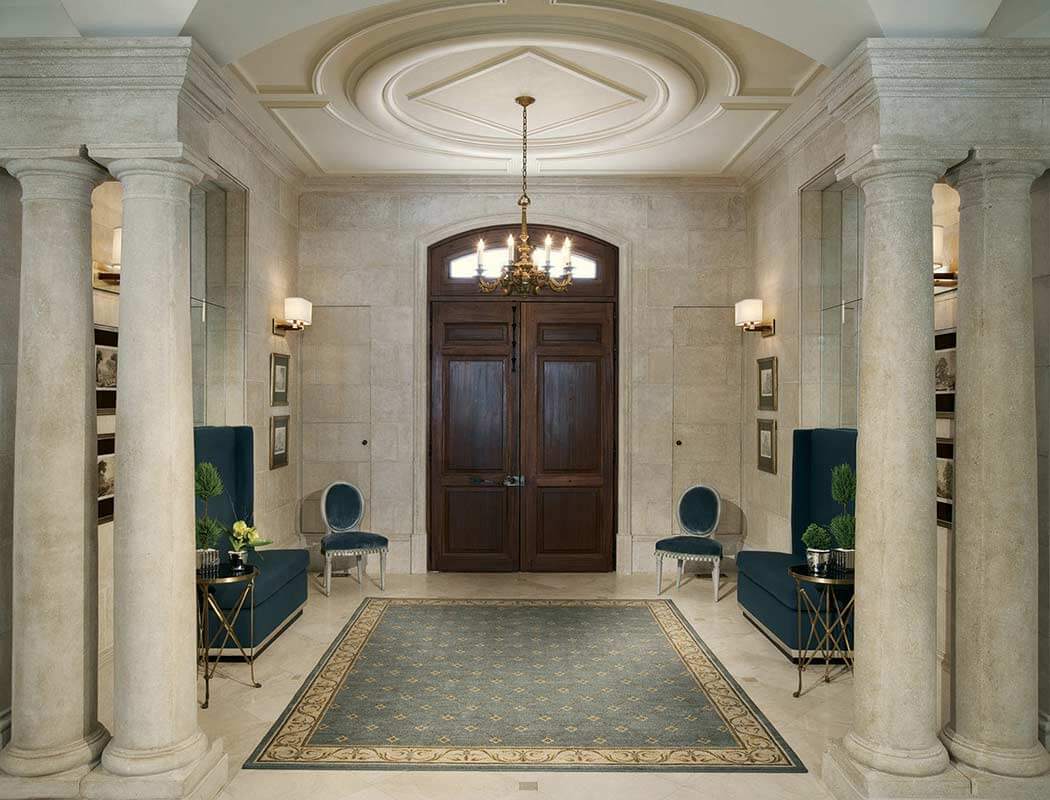
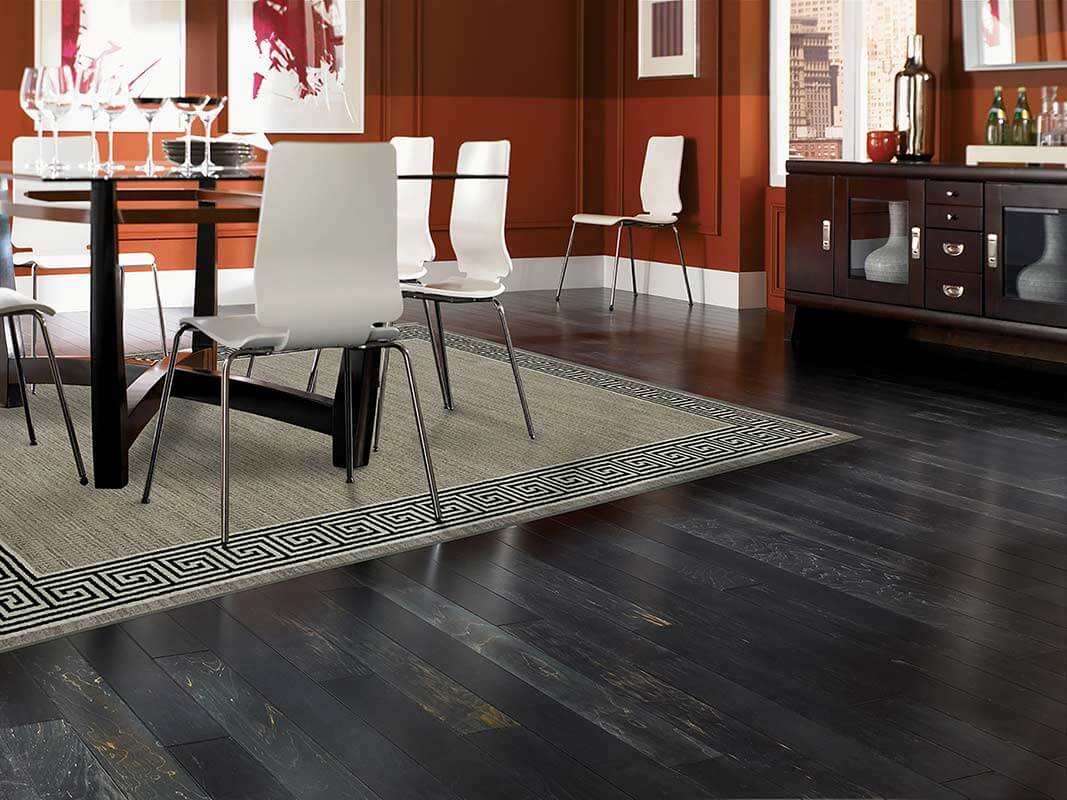
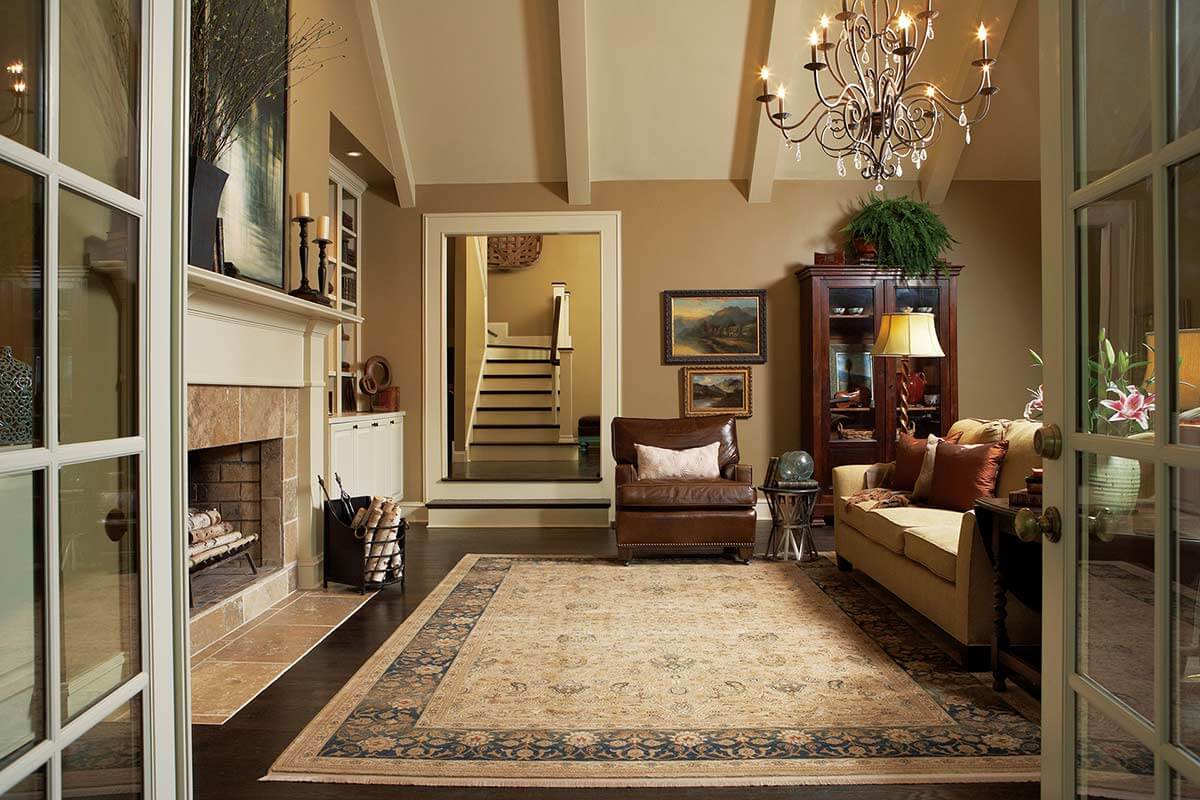

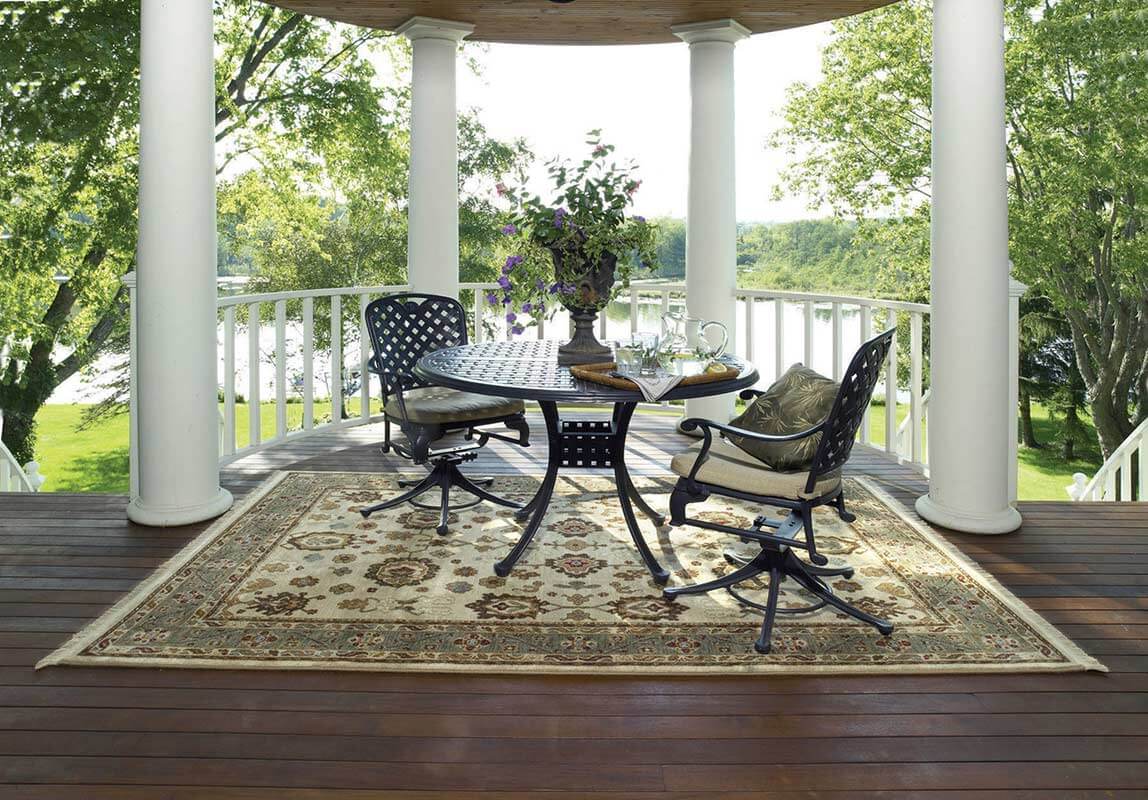

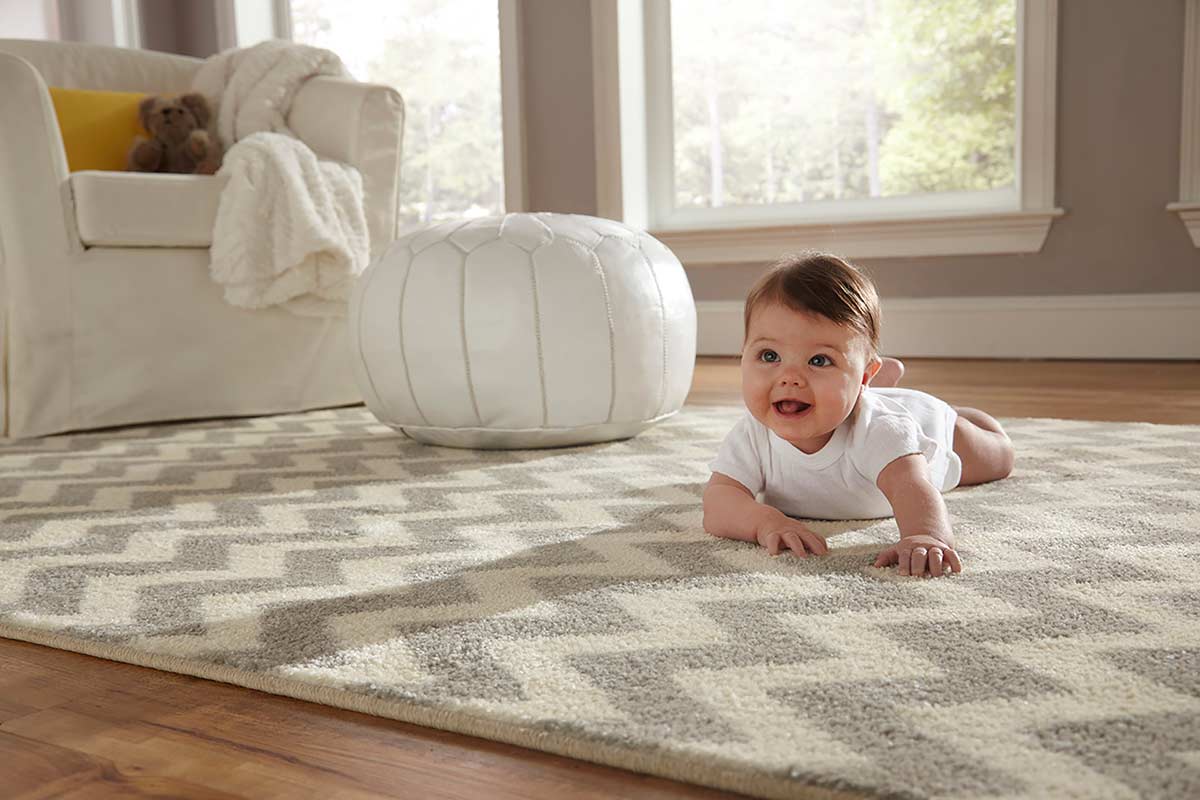
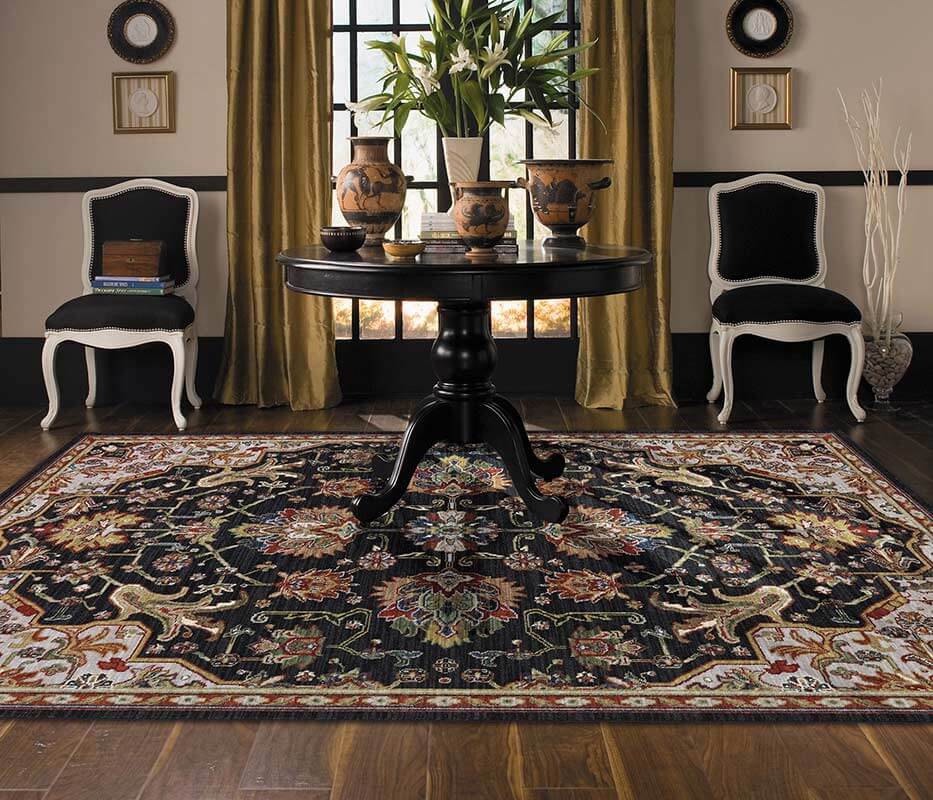
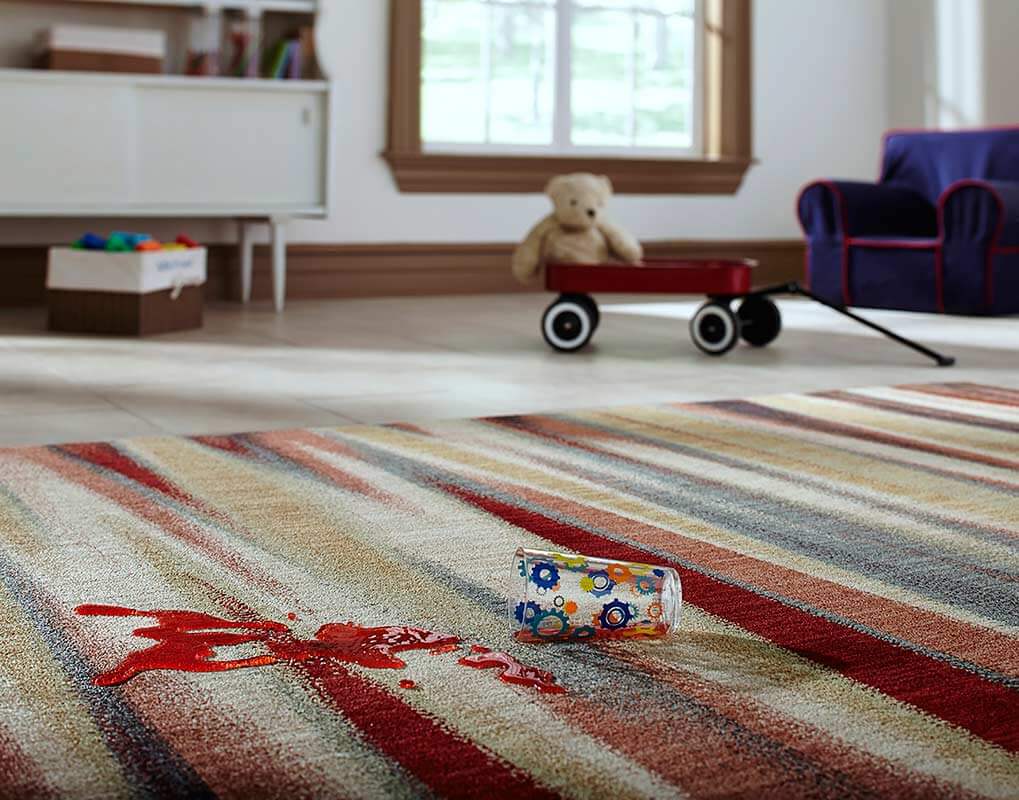
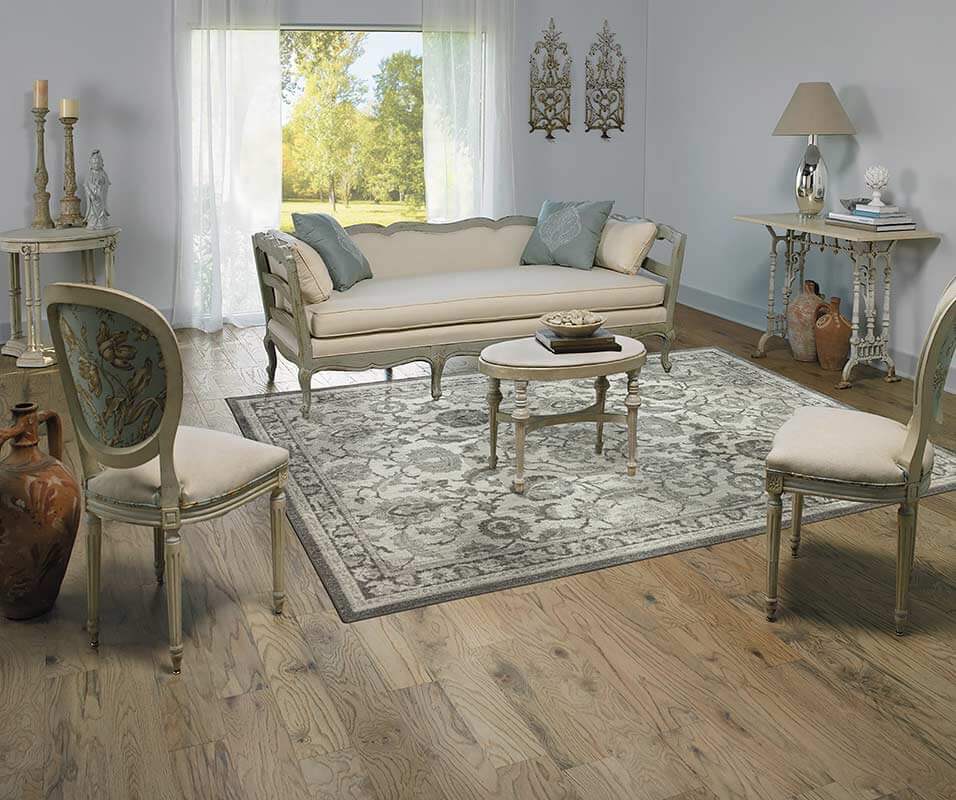

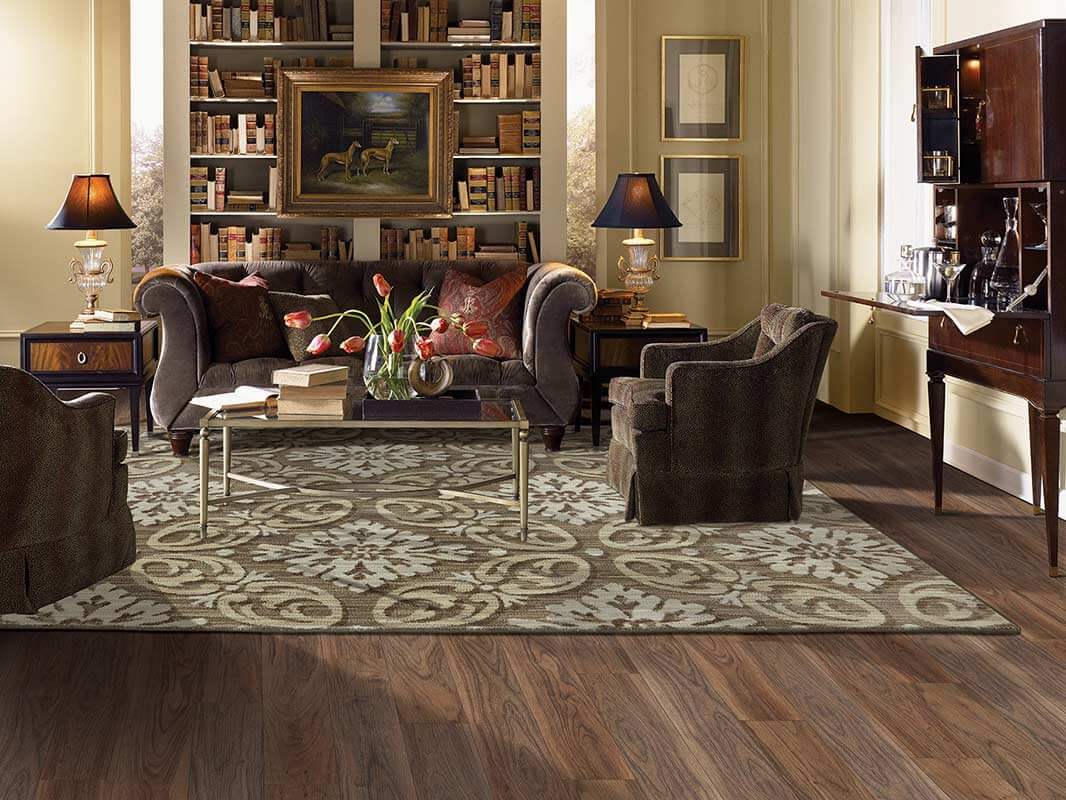
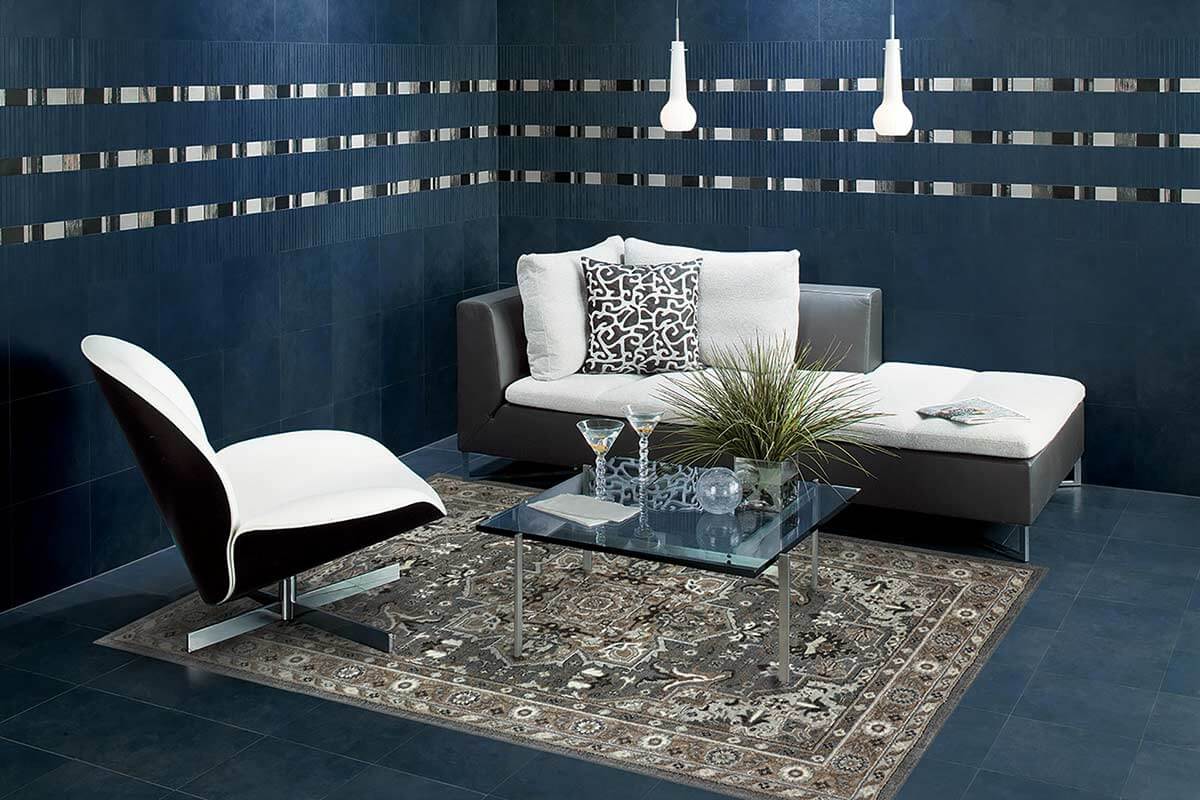
Oriental Rugs
Your purchase of a hand-knotted Coles Oriental represents elegance, value, fashion, and innovation. Often, however, we find that consumers are cautious about acquiring hand-made Oriental Rugs simply because there seems to be so much “mystery” surrounding them! On first encounter, the world of oriental rugs may seem a bit intimidating. Oriental rugs, in addition to functioning as useful household furnishings, are true works of art, fascinating in their richness of design, their symbolism, and their delightful colors. To understand oriental rugs merely requires a sense of geography and a little history.
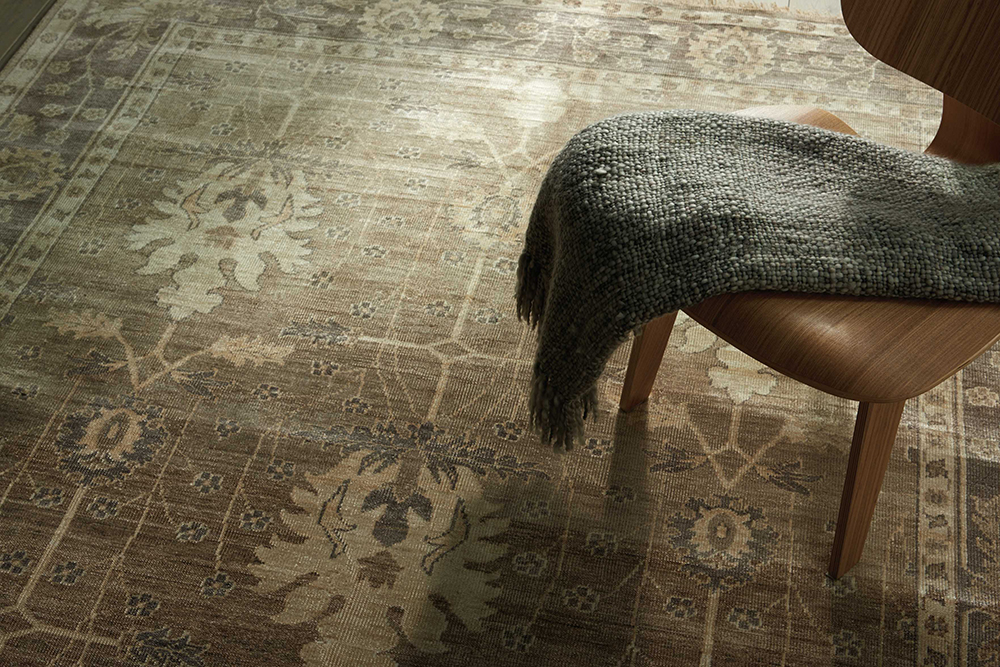
A Three Thousand-year Tradition
The term “oriental rug” refers specifically to hand-knotted rugs from the middle and Far East rug making centers. The emphasis is on “hand,” for no rug made by machine deserves to be called a genuine oriental rug, and rightly so. A finely woven oriental rug will have upwards of 180 individually hand-tied knots per square inch, and a skilled craftsman will tie 800 knots an hour. Simple arithmetic shows that a 9×12 Oriental rug can be the result of 3500 hours of labor! Even with two or three craftsmen working simultaneously the rug will take many months to produce.
The first oriental rugs were created by nomad tribes-people of Central Asia about three thousand years ago. Being shepherds, first of all, they had ample wool. More importantly, however, they had a real incentive: bitter cold winters. What we now call “rugs” were first created as wall hangings for tents as protection against drafts. The idea of placing these works of art on the floor (and actually walking on them!) is a relatively recent custom, originating in Europe about three hundred years ago.
The Mystique Spreads to Europe
Though few ancient examples exist, oriental rugs have been well documented in European paintings since the 14th century.When Marco Polo and others began returning from the “orient” (now Turkey) with samples, European high courts became fascinated with the exotic beauty and mystery of the rugs. Oriental rugs were immediately cherished as works of art and were much sought after as symbols of wealth and sophistication. It was because of this high regard that the rugs were included as backdrops and ornamentation in religious paintings and royal portraiture of the time. As the popularity of oriental rugs grew, European merchants began importing rugs from Turkey and Persia on a regular basis and demand has continued since.
The Oriental Rug in Today’s World
Today the designing and coloring of oriental rugs has become increasingly more responsive to Western tastes, and the export of rugs is often an important-part of the producing nation’s economy. The major rug-producing countries in the international market include India, China, Pakistan, Turkey, Iran, Afghanistan and Nepal. While tribes and villages continue to produce rugs on a local level (names like Herez, Ispahan and Oushak describe the town or region where a rug design originated), availability and price are often subject to international politics, economic conditions, trade laws and tariffs.
Regardless of politics and economics though, the genuine Oriental rug remains a work of art, still handmade one at a time, using the same painstaking techniques that have remained unchanged for thousands of years.
Today, Oriental rugs are more popular than ever as American decorating style evolves. While an oriental rug is always at home in a traditional room setting, decorators are also using the intricate pattern and color as a counterpoint to contemporary decor. Many first-time buyers are new to this exotic world of color, design, and language and questions frequently arise.
SIGN UP NOW TO RECEIVE YOUR $100 DISCOUNT, IT’S EASY!
You can use your discount on our special promotions on carpets, hard surface flooring and area rugs.
(AND that includes all Closeouts and Promotional Items!)



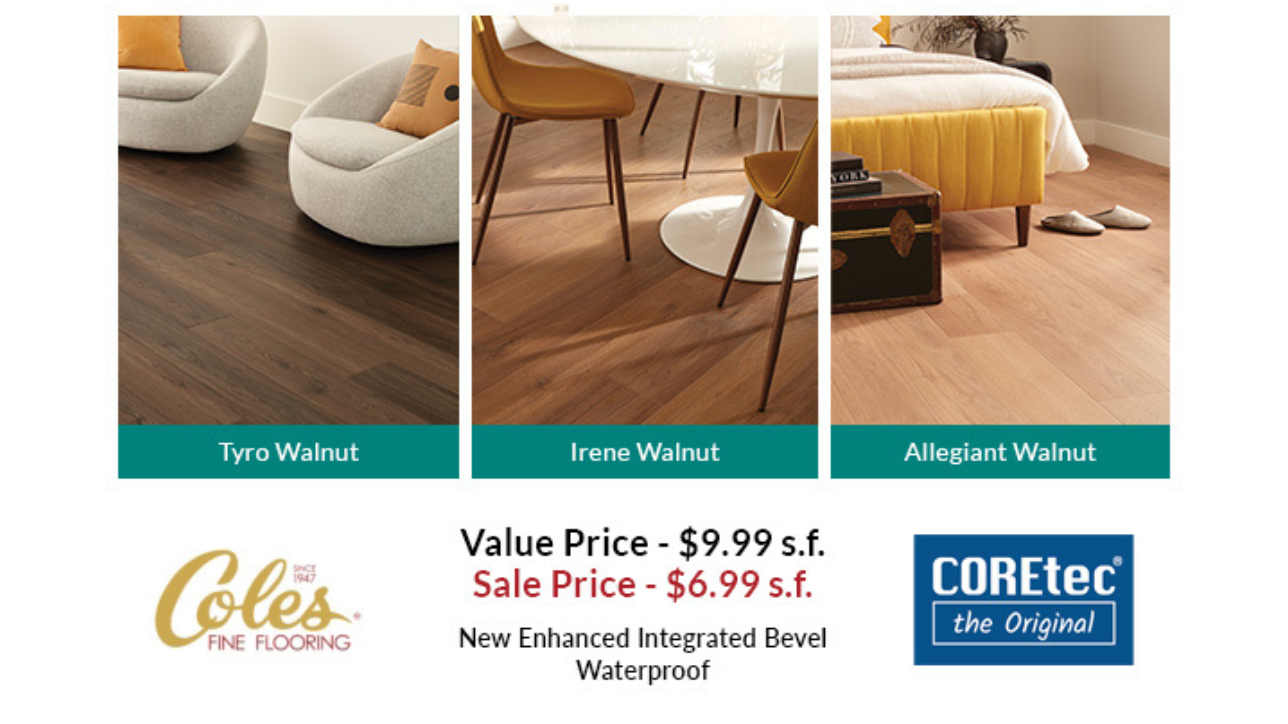
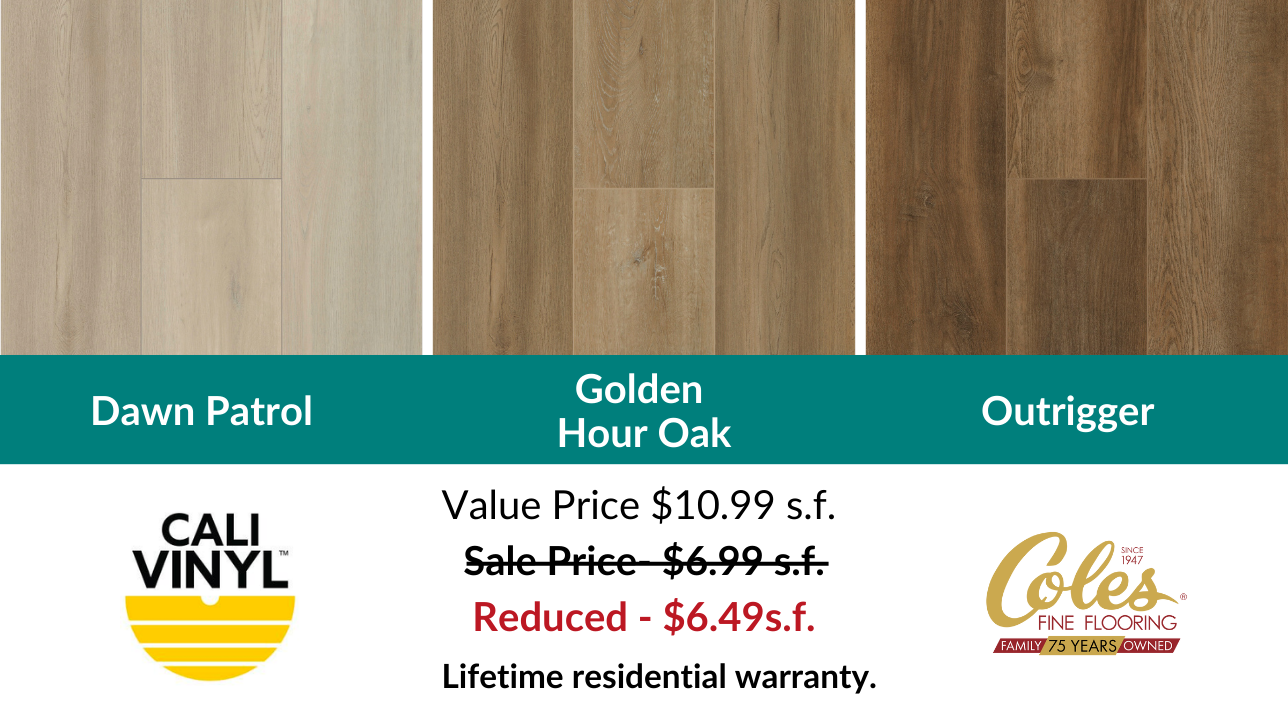
 Prelude Version 2.1
Prelude Version 2.1